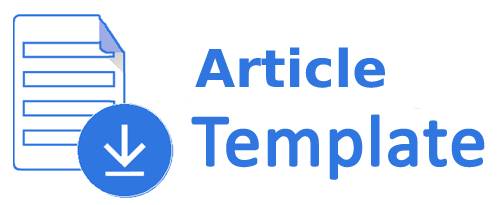Social Network Technology and its Implications for Libraries: Transforming the Library Services through the Web
DOI:
https://doi.org/10.17821/srels/2010/v47i3/44027Keywords:
Networks, Streaming Media, Lib 2.0, Communication TechnologiesAbstract
The purpose of this paper is to understand how emerging social network technology services and transforming the structure of web and their potential, impact on library applications. This paper aims to explore the Library 2.0 a term that provides focus to a number of ongoing discussions centered on how libraries should make themselves and their services visible to end users and to one another.
Social networking websites offer a social media platform free of charge for users to log on to their pc's and share exciting content. Informal social networking has existed since the inception web, but sites dedicated to social networking have been expanding exponentially since 2003. The concept of social networking must have been originated or evolved from the concept of sharing information. Current discussions on Social network development represent a significant development in the continuing interaction of technological developments and communications rights. Several issues in social networks are discussed. Libraries and librarians have increasingly been exploring social networking sites for both personal and professional resources.
Downloads
Downloads
Published
How to Cite
Issue
Section
License
All the articles published in Journal of Information and Knowledge are held by the Publisher. Sarada Ranganathan Endowment for Library Science (SRELS), as a publisher requires its authors to transfer the copyright prior to publication. This will permit SRELS to reproduce, publish, distribute and archive the article in print and electronic form and also to defend against any improper use of the article.
Accepted 2013-12-30
Published 2010-05-10
References
Anderson (P). What is web 2.0? Ideas, Technologies and Implications for Education, JISC Tech Watch report. 2007. Available at: www.jisc.ac.uk/media/documents/techwatch/ts0701bword.doc
Barskey (E); Purdon (M). Introducing Web 2.0: social networking and social bookmaking for health librarians. Journal of Canadian Health Library Association. Vol. 27; 2006; p65-67
Boyd, Danah. Social Network sites: Definition, History, and scholarship, 2008. Available at http://jcmc. indiana.edu/vol13/issue1/boyd.ellison.html
Casey (M E); Savastinuk (L C). Library 2.0: service for the next generation library”. Library Journal. 1 September, 2007. Available at www.libraryjournal.com/article/CA6365200.html Clyde, LA (2004), Web logs and Libraries, Chandos Publishing, Oxford.
Craig (G. Emory). Changing paradigms: managed learning environments and web 2.0. Campus Wide information Systems. Vol. 24(3); 2007; p152-161. Clyde, LA (2004), Web logs and Libraries, Chandos Publishing, Oxford.
Harris (A); Susan (L). Libraries Get Personal: Face book Applications, Google Gadgets, and MySpace Profiles. Library Hi Tech News. 8; 2007; p30-32.
Krishnamurthy (M). Emerging Social Network Technology: Changing paradigms in Library Applications. In National Conference on Library 2.0: The confluence of web 2.0 and the Library paradigm. Proceedings of the National conference, University of Mysore, August 21-22, 2008, p208-214
Maness (J). Library 2.0 Theory: Web 2.0 and Its Implications for libraries. Webology. Vol. 62(2); 2006. Available at http://webology.ir/2006/v3n2/a25.html
Miller (P). Web 2.0: Building the new library“. Aridane, No. 45; 2005. Available at www.aridane.ac.uk/ issue45/miller/intro.html
Secker (Jane). Social Software and libraries: a literature review from the LASSIE project. Progrm: electronic library and information systems. Vol. 42(3); 2008; p.215-231
Virkus (Sirje). Use of Web 2.0 technologies in LIS education: experiences at Tallinn University, Estonia. Program: electronic library and information systems. Vol. 42(3); 2008; p262-274.
Social Network Service. Available at http://en.wikipedia.org/wiki/Special:specialpages
Virkus (Sirje). Use of Web 2.0 technologies in LIS education: experiences at Tallinn University, Estonia. Program: electronic library and information systems. Vol. 42(3); 2008; p262-274.

 M. Krishnamurthy
M. Krishnamurthy








